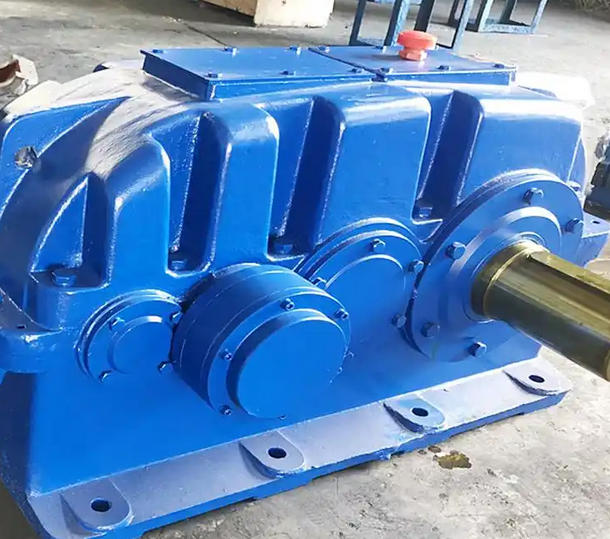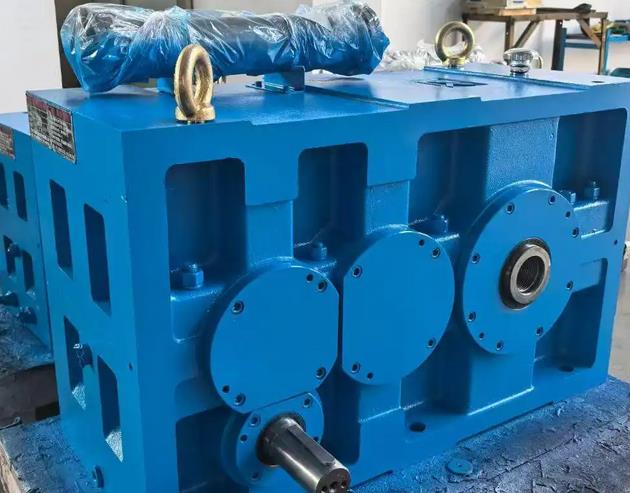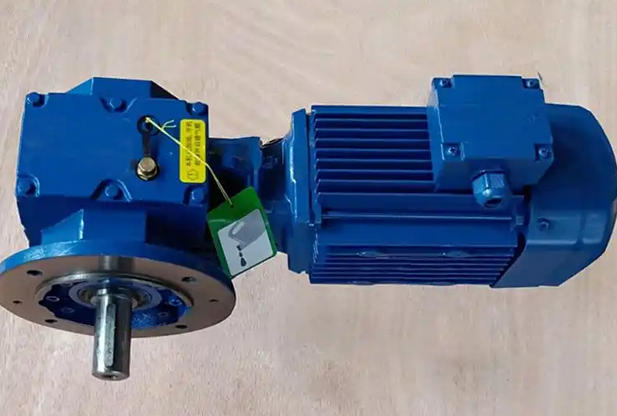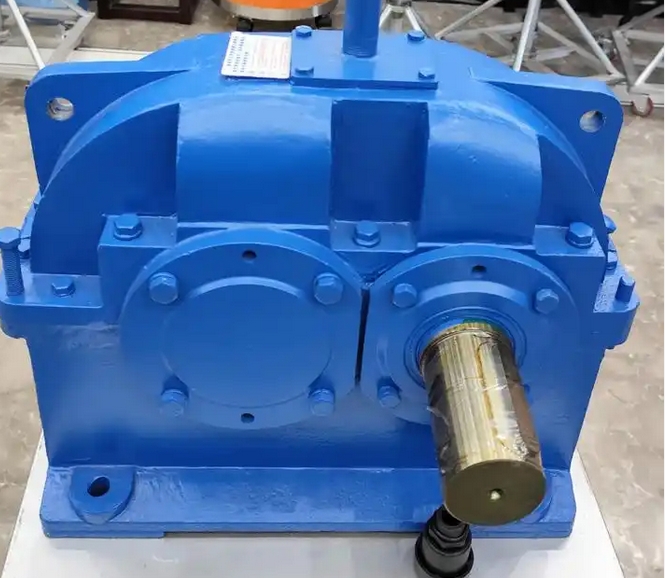What factors will affect the vibration parameters of WPDA50-60-0.18KW worm gear reducer
The vibration parameters of WPDA50-60-0.18KW worm gear reducer are affected by various factors such as installation accuracy, core component status, lubrication conditions, and operating load. These factors either directly cause vibration or indirectly change vibration parameters by exacerbating component losses, as follows:1. Factors related to installation and base
Axis alignment deviation: When this model of reducer is connected to the motor, if the parallel deviation of the coupling exceeds 0.05mm/m, periodic bending moments will be generated, greatly increasing the vibration intensity. For example, when laser alignment measurement reveals an angle deviation of 0.1 degrees, the vibration velocity value may double. This is because the misaligned shaft system will subject the worm gear to additional radial force, which will damage the meshing stability.
Base stiffness and fixation issues: If the base is welded with thin steel plates and there are few supporting ribs, its stiffness cannot match the operational requirements of the equipment, which will amplify vibration. At the same time, loose anchor bolts or insufficient pre tightening force may cause slight displacement during the operation of the gearbox, leading to overall vibration, and the vertical vibration difference may significantly increase.

2. Core transmission component failure
Abnormal meshing of worm gear: Defects such as tooth profile errors during manufacturing, tooth surface wear during operation, and pitting corrosion can cause abnormal meshing clearance (beyond the appropriate range). Loose meshing can cause transmission shock, while tight meshing can increase friction load. Both situations can cause high-frequency vibration, and peak meshing frequencies will appear in the vibration spectrum. In addition, if the centerline of the worm gear is offset, it will also cause biased meshing, further exacerbating vibration.
Bearing failure: As a key component supporting the shaft system, bearing wear, excessive or insufficient clearance can disrupt transmission stability. For example, if the rolling elements or inner and outer rings of a bearing are damaged, specific frequencies of vibration will be generated; Improper pre tightening force can also lead to an increase in bearing temperature, indirectly exacerbating vibration, and in severe cases, bearing loosening can even cause strong vibration.
Unbalanced rotor: If the mass distribution of the rotating components inside the reducer is uneven, centrifugal force will be generated during operation, causing power frequency vibration. The installation deviation of accessories on the worm shaft and uneven wear of the tooth surface can lead to excessive residual unbalance of the rotor, and this vibration will become more pronounced with increasing speed.
3. Lubrication system issues
Improper selection of lubricating oil, abnormal oil level, or oil deterioration and contamination can all affect vibration parameters. For example, without using specialized oil for worm gears, the oil film cannot form effective protection, which will increase the friction between the worm gear and the bearing, causing vibration; Low oil level can lead to insufficient lubrication, while high oil level can increase oil stirring resistance; When impurities or moisture are mixed into the oil, it will accelerate the wear of components and damage the lubrication effect, gradually intensifying the vibration.






